Jeju Prayer (2013)
• April 3rd, 2013 • 1h 33min
Documentary
Overview
Focusing on Mrs. Kang Sang-hee’s life, she lost her husband in the Jeju Uprising (March 3rd, 1948). The film views the dark-side of Jeju Island, a huge grave, which is completely opposite of the other side of the island, the famous tourist attraction. It says that the tragedy has been going on about the recent Gang-jeong village situation.
Make sure to check your pop-up blocker!!
Trailer
Similar Movies

The Last of the Sea Women
Released on: 2024-09-08
Documentary
On the shores of Jeju Island, a fierce group of South Korean divers fight to save their vanishing cu...
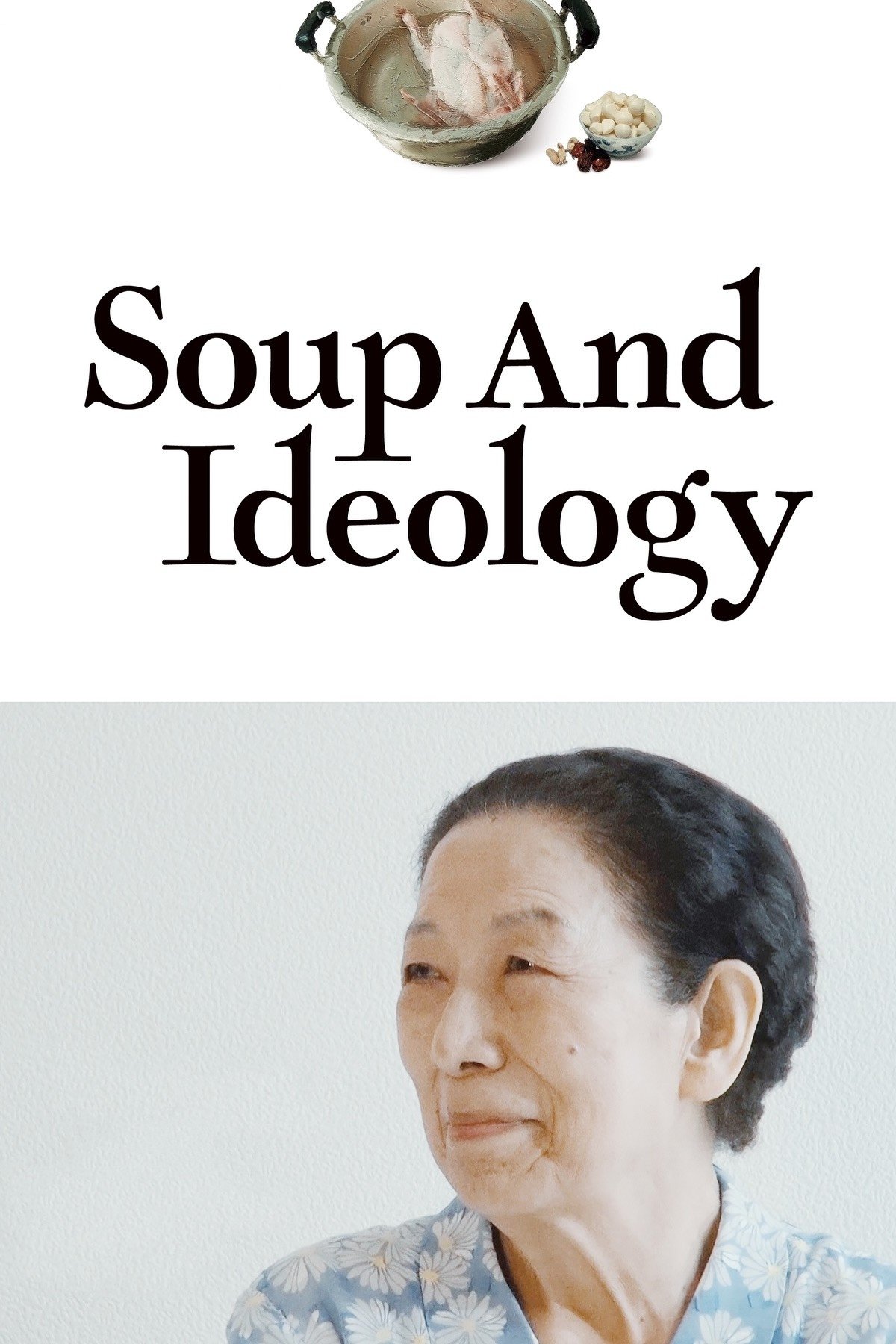
Soup and Ideology
Released on: 2022-06-11
Documentary
Confronting half of her mother’s life—her mother who had survived the Jeju April 3 Incident—the dire...
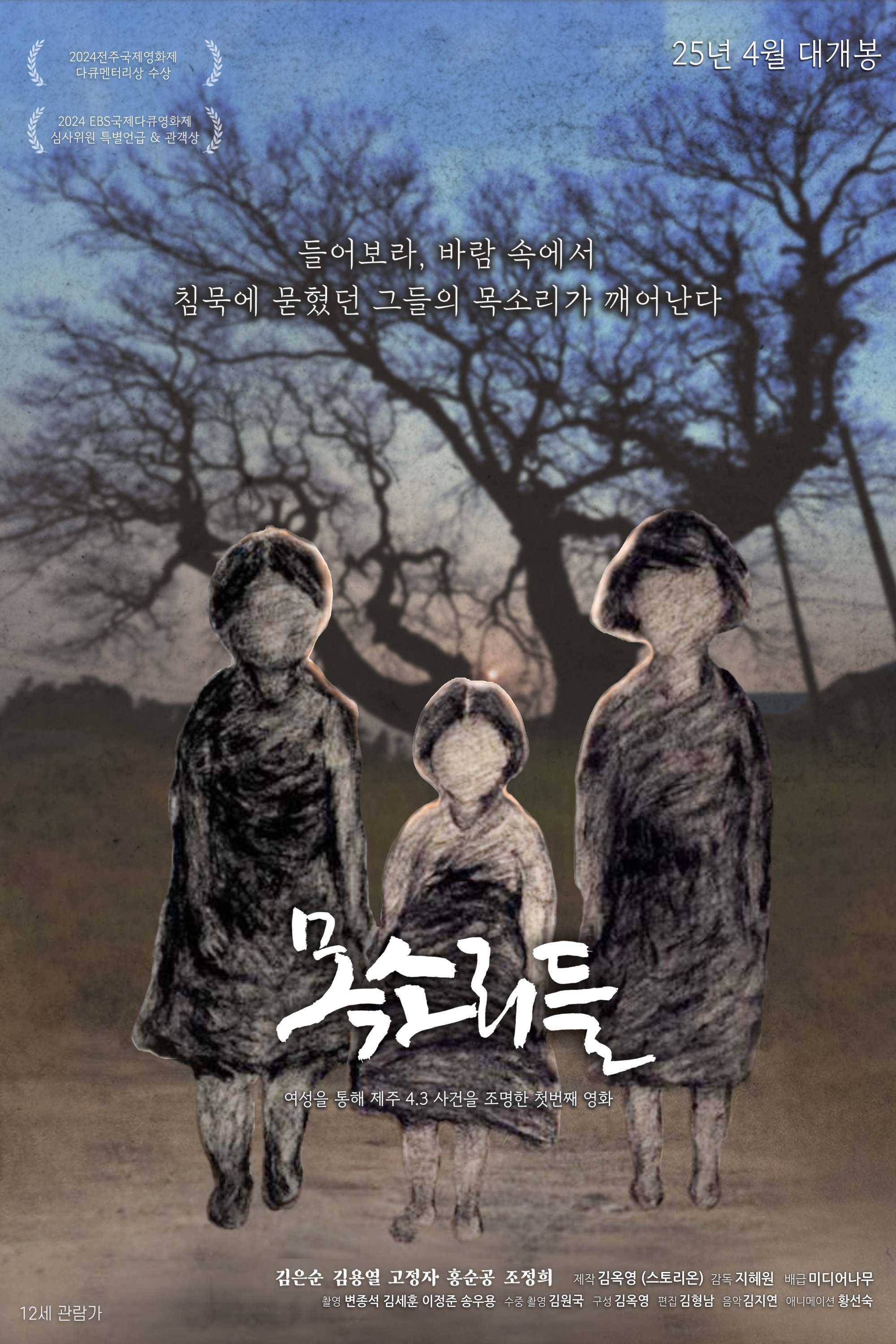
Voices
Released on: 2025-04-02
Documentary
In the turmoil of the Jeju 4.3 incident, Jeju Island witnessed the loss of an estimated 25,000 to 30...

Memories Showers Seas
Released on: 2025-05-02
Documentary
The late Kim Dong-il, a Jeju April 3 refugee in Japan, left behind over 2,000 crocheted items and pi...
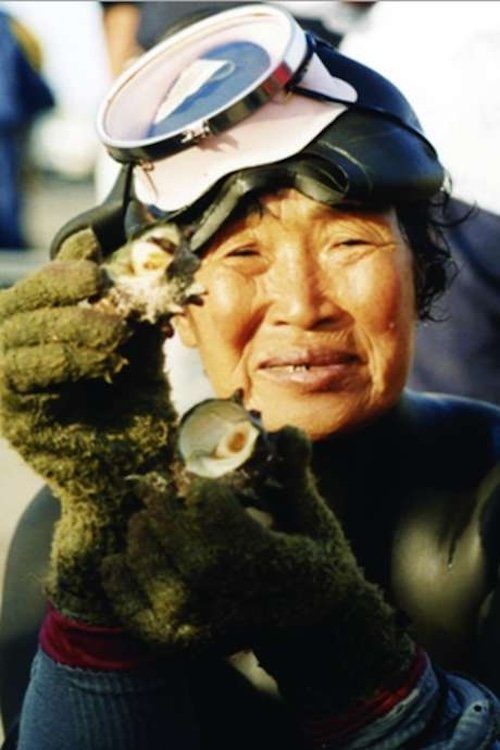
Diving Women of Jeju-do
Released on: 2007-01-01
History, Documentary
Jeju-do is the largest of Korean islands and lies between Korea and Japan. There, for hundreds of ye...
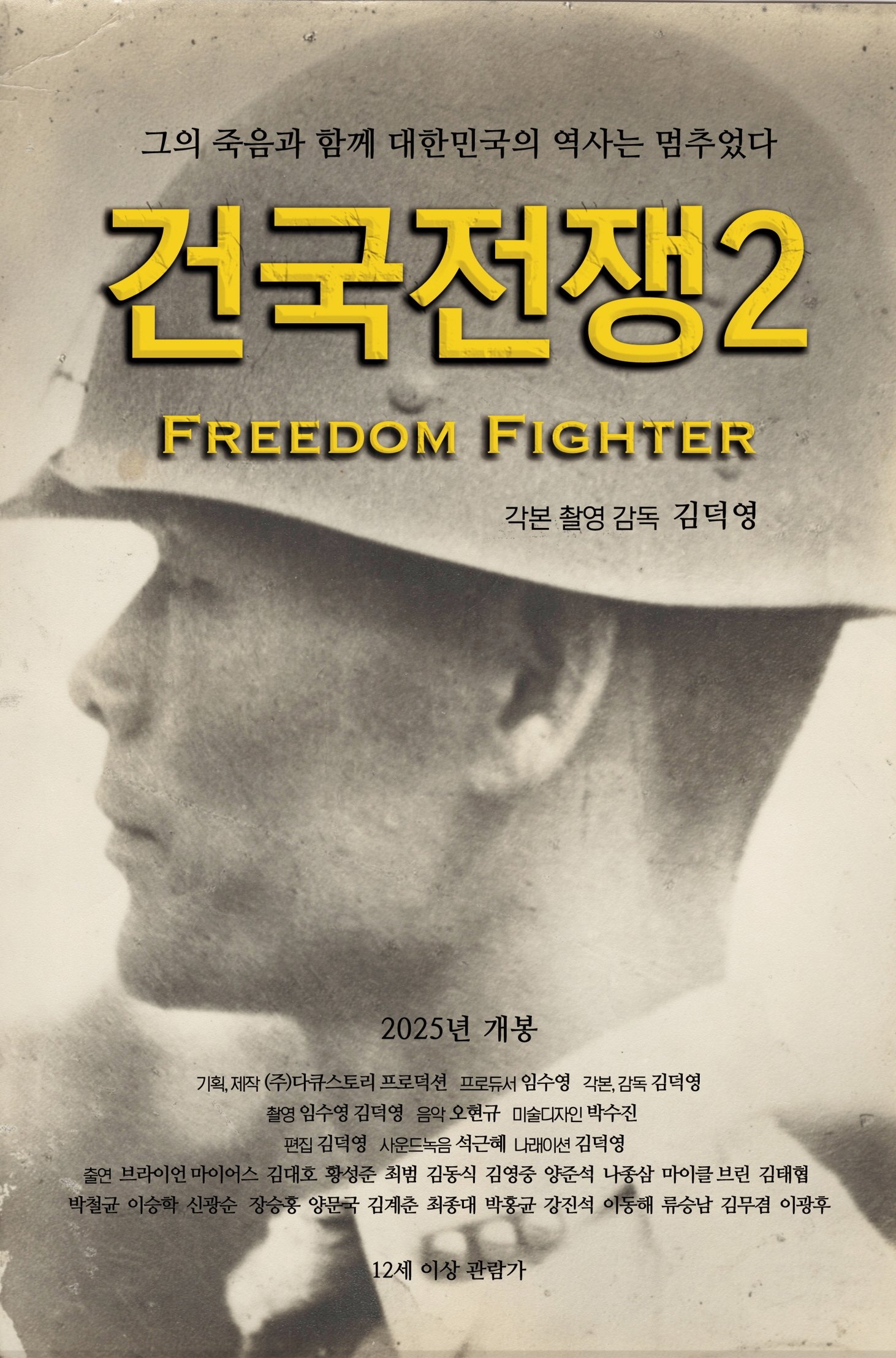
The Birth of Korea 2: Freedom Fighter
Released on: 2025-09-10
Documentary, History
How did South Korea, after liberation in 1945 defend liberal democracy against leftist and communist...
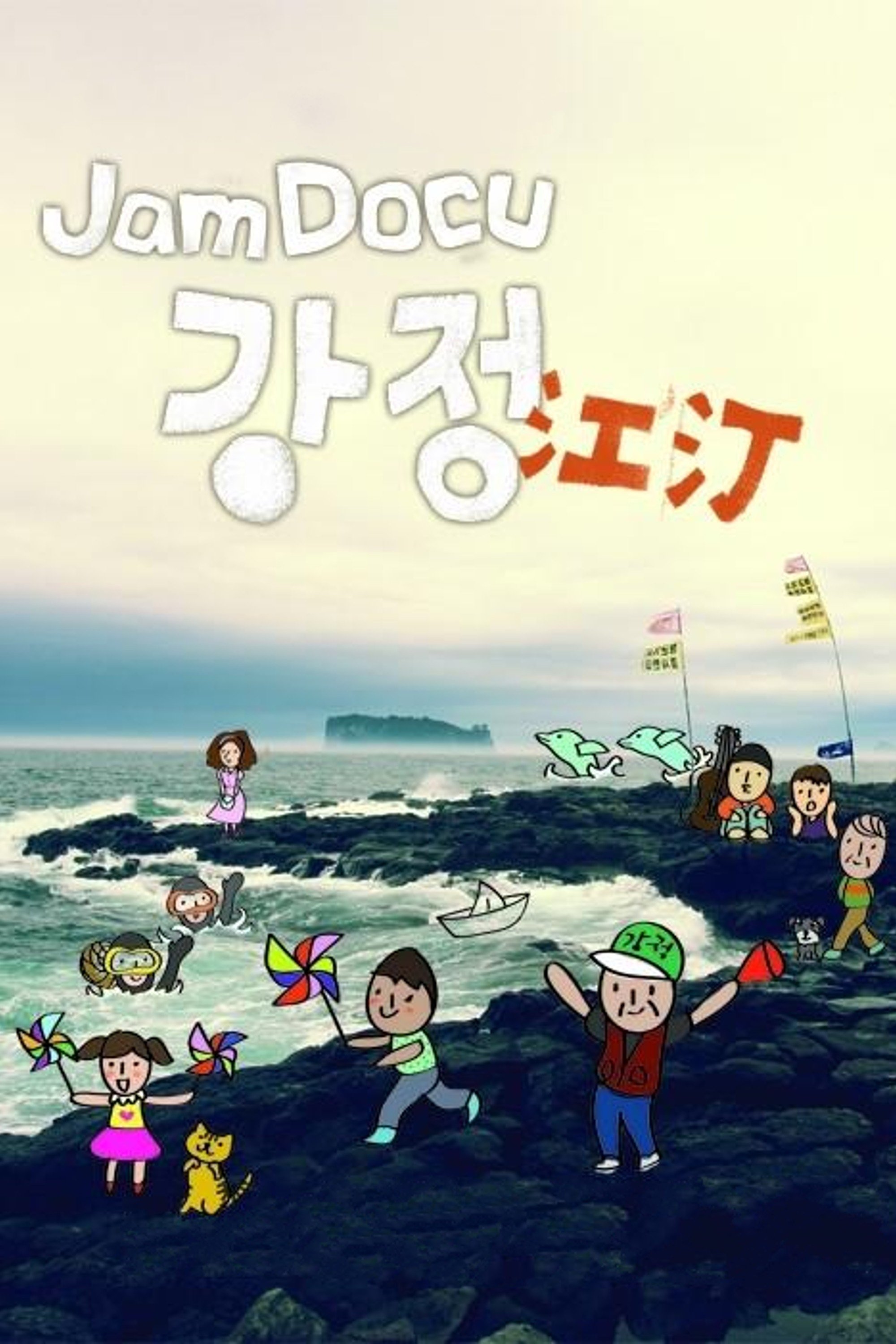
Jam Docu GangJeong
Released on: 2011-12-22
Documentary
Gangjeong Village, located at the southernmost part of Jeju Island's Seogwipo City, is in the true s...

Haewon
Released on: 2018-05-10
Documentary
According to a survey by the U.S. military government in 1946, 78% of the South Korean people wanted...

The Ghosts of Jeju
Released on: 2013-08-02
Documentary
Documentary about the struggle of the people of Jeju Island, South Korea. Set in the context of the ...

Until the Stones Speak
Released on: 2024-04-17
Documentary
There are five grandmothers, four of whom went to Jeonju Prison due to the Jeju 4.3. All of them wer...

April Tragedy
Released on: 2024-04-03
Documentary
The oral writer of the April 3 Uprising and a Rwandan who came to Korea to study face each other, ha...

Gureombi, The Wind is Blowing
Released on: 2013-10-06
Documentary
The story of the ancient and sacred Gureombi Rock. The story of the people of Gangjeong Village who ...

The Red Filter is Withdrawn.
Released on: 2020-08-02
Documentary
If you look into the entrance of one of the huge caves on the Korean island of Jeju, it looks like a...

Breathing Underwater
Released on: 2016-09-29
Documentary
In Jeju Province, located off the southern coast of Korea, are the women of the sea, those who hold ...

Lessons from Jeju
Released on: 2020-05-11
Documentary
Seven months pregnant and apprehensive of the effect motherhood would have on her career as a profes...
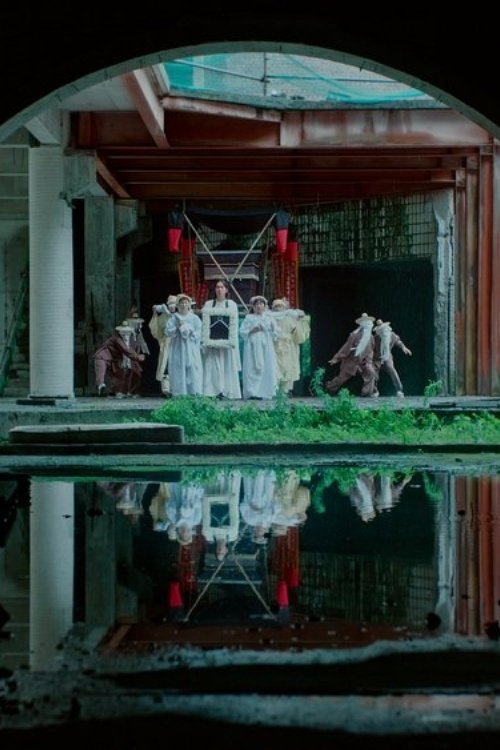
Burial Of This Order
Released on: 2023-03-16
Documentary
In an abandoned resort on the South Korean island of Jeju, a group of people perform a symbolic fune...

Map without Island
Released on: 2021-10-10
Documentary
The film shows demonstrations against building the second airport in Jeju Island the performances of...

